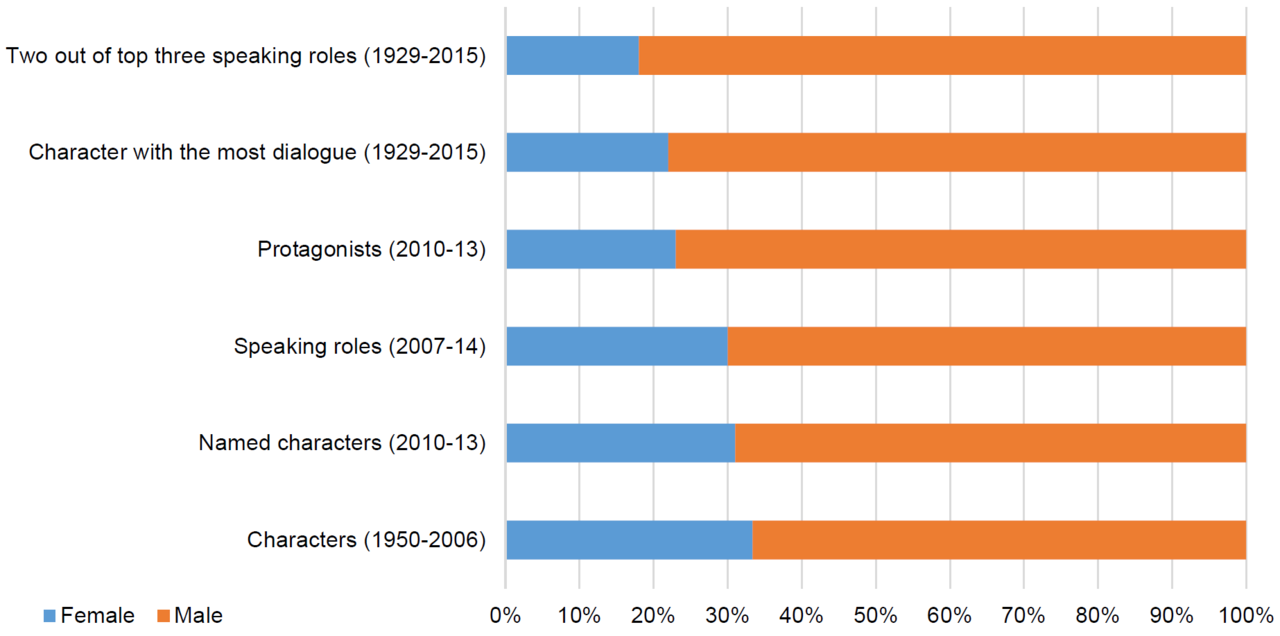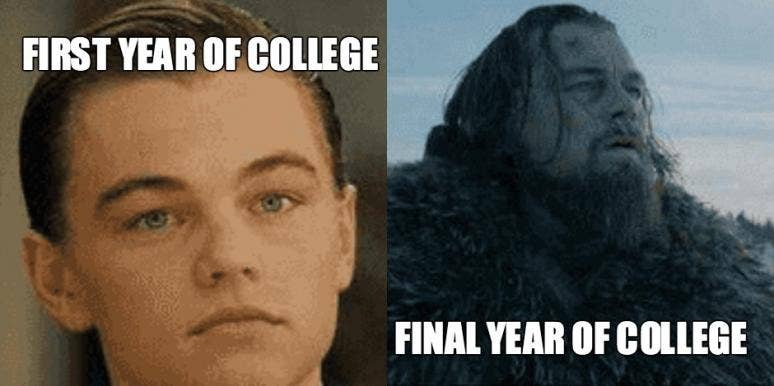I haven’t played video games in years, but this past Christmas I received an old Sega Genesis and a few of my favorite childhood games. Even before this module’s reading, I was thinking of picking up my controller and playing some of my old favs during our social distancing. Now, I’m going to spend this rainy weekend recapturing my youth. By the way, yes, at 36, my very limited video game knowledge revolves around Toe Jam and Earl, Earthworm Jim, and Zombies Ate My Neighbors. I started to think about the judgement if I put up on this academic blog these silly gifs and images; however, when I looked at these three games next to each other, one commonality jumped out at me–humor. All three of these games made me laugh. They weren’t stress inducing or competitive at all. I could just be goofy alongside these awkward characters. I loved collecting ship pieces as an alien rapper, whipping enemies with my worm head, and throwing forks at zombies to rescue my neighbors. I had fun, and more importantly, I laughed.
https://gfycat.com/whichportlyelephantseal
After reading James Paul Gee’s article “Good Video Games and Good Learning,” I understand why I enjoyed these terrible 2D games so much. These SEGA games allowed me to take on a new identity; I didn’t have to be the serious student. They offered me interaction (these games predated even dial-up internet); I could communicate with the characters in a virtual way as I tried to make decisions in this alternate world. Most importantly, it showed me the power of storytelling, and I wonder in part if it prompts some of my creative writing tasks in my own classroom.
My brother was addicted to video games too, but he is younger than me so his video games had better graphics. In the 90’s, my parents were so worried about the time we spent playing video games. “Idiot” was the child slang of choice around that time thanks to Ren & Stimpy, and my parents capitalized on this cool phrase by warning us of becoming “vidiots.” Well, the warning stuck. I mean I still remember it vividly as I’m typing this response. From a young age, I was warned about the dangers of video games and those adult comments stigmatized video games up until now.
During quarantine, my son and daughter have been able to play video games with friends and family. Though I don’t usually partake, I do listen. I hear my son who is typically reticent negotiating plans and advocating for himself. These tasks don’t happen in the “traditional” classroom. My daughter is role playing and creating short stories based on the premise of MarioKart. I know most of my mommy friends are telling their kids to get off of the gaming system, but I’m seeing a ton of benefits especially now that I see what traditional learning offers them at the elementary school level first hand (my own teaching and their schooling is going on simultaneously at the makeshift computer lab set up in our dining room). Unfortunately, I worry that–in a broad sense–video games have been perceived negatively; it would be such a challenge to get parents and administrators on board with incorporating video games in our curriculum (though I don’t see how an elective like that wouldn’t blow up…).
In our current situation, my classroom looks so different, and I’m actually beginning to be grateful for the opportunity to feel once again like a first year teacher. I’m reassessing who I want to be to my students during quarantine all day long, and I want to capitalize on the very costly digital platforms (now free as a result of COVID19) that can help our students tremendously if we had adequate funding for technology. My most recent task mimicked the points that Gee talks about in his article. Today’s 30 minute writing lesson first sent students on a 360 degree tour of London (So many of my students were bummed about losing the spring break of their senior year, so I planned a virtual spring break complete with a tour of [and a viewing of Hamlet as well] the Globe Theater). They had to reflect upon the rainy Saturday night and the crowds of people. Afterwards, I asked them to write a poem/short scene about the experience. Wow! The responses were great (see below). Each student was able to adopt a new perspective and customize his/her/their experience with the 360 to fit his/her/their liking. Afterwards, the students produced their own pieces of writing. Though virtual reality via Youtube is nowhere near as complex as what a videogame is, and though virtual reality doesn’t give a student all the Gee says a video game can give a student, the assignment still afforded them the opportunity to role play and produce. Now, I will use Gee’s pillars to better plan my technology-based lessons.
SAMPLE RESPONSE:
“You’re celebrating? In this weather?” She shrugged her backpack onto her shoulder, tilted her head enough to shake the hair out of her eyesight. “Believe me congrats kid but,” then she jabbed a thumb to the direction of the street. “It’s raining cats and dogs out there.”
He shook his head like a mad man then regained his composure as if realizing where he was. “No time. Next deadline is soon.” He laughed under his breath at her expression. “I know you want to argue Jess but it isn’t as if I’m going for a picnic. A stiff drink at Al’s and the party’s over.” With that, he pushed to the glass door, smiling as millions of water droplets made their way onto his specs.
New York City in the rain was like any other city in the rain. Grey, angry and busy. But New York City in the rain at 9 pm at night was another thing entirely.
Mothers with strollers took their time, tour guides were louder and the tail lights of cars almost looked like stars if you squinted just enough. Puddles looked like small ecosystems, glinting light from the streetlamps scattered about each corner. Frankly, it was still grey, angry and busy. And no doubt was he was gonna toss these clothes immediately into a plastic bag when he got home. But who could resist the almost movie-like romance of NYC at night? He’s lived there for 15 years— the romance was practically dead by this point— but it was a night and a night off with a promotion. He was no tourist and he had no desire to become one but damn it all if even an old fogie like him couldn’t appreciate his home turf’s charms.
This article inspired me to think about projects I could assign to address some of the skills the Gee identifies as not being addressed in the common classroom. Beyond just assigning what a board game might look like based on a situation of a character, I’ve come up with two broad ideas:
- Simplest idea with least amount of technology: Have students select a perspective in a text’s fictional world. Then, have the students bring the perspective to life through creative writing exercises.
- More technology required: Using WeVideo, I can ask the students to create a visual or auditory “live perspective” through the life of the a character. If you’ve seen the Watched Walker, this is what I’ve have in mind for a visual perspective.
Gee says that “customized curricula in school should not just be about self-pacing, but about real intersections between the curriculum and the learner’s interests, desires, and styles.” To that end, I created a senior final project for my students this year about life in quarantine complete with many choices to access the learners’ interests, desires, and styles (podcast, vlog, literary composition, musical composition, parody, artistic piece, photoessay). To keep the tasks somewhat consistent in terms of grading and expectation, each student will also be asked to submit a 750+ word response; this response asks the students to explain their creative choices as they worked on the project and each choice’s intended effect on the audience (asking them to think about the effectiveness of their choice in communicating a message).
Eventually my students will receive one-to-one technological devices (our district started rolling out one-to-one chromebooks to 6th graders), I will move the students from writing exclusively in their black and white composition notebooks to creating final pieces to include in a digital portfolio. The opportunities that technology presents to reach different interests makes the shift an easy choice. They can submit alternative creations inspired by their writing but not necessarily typed documents or slideshow presentations.
**CURRENTLY ACCEPTING ANY SUGGESTIONS FOR OTHER GREAT PIECES OF EDUCATIONAL TECHNOLOGY!**




















